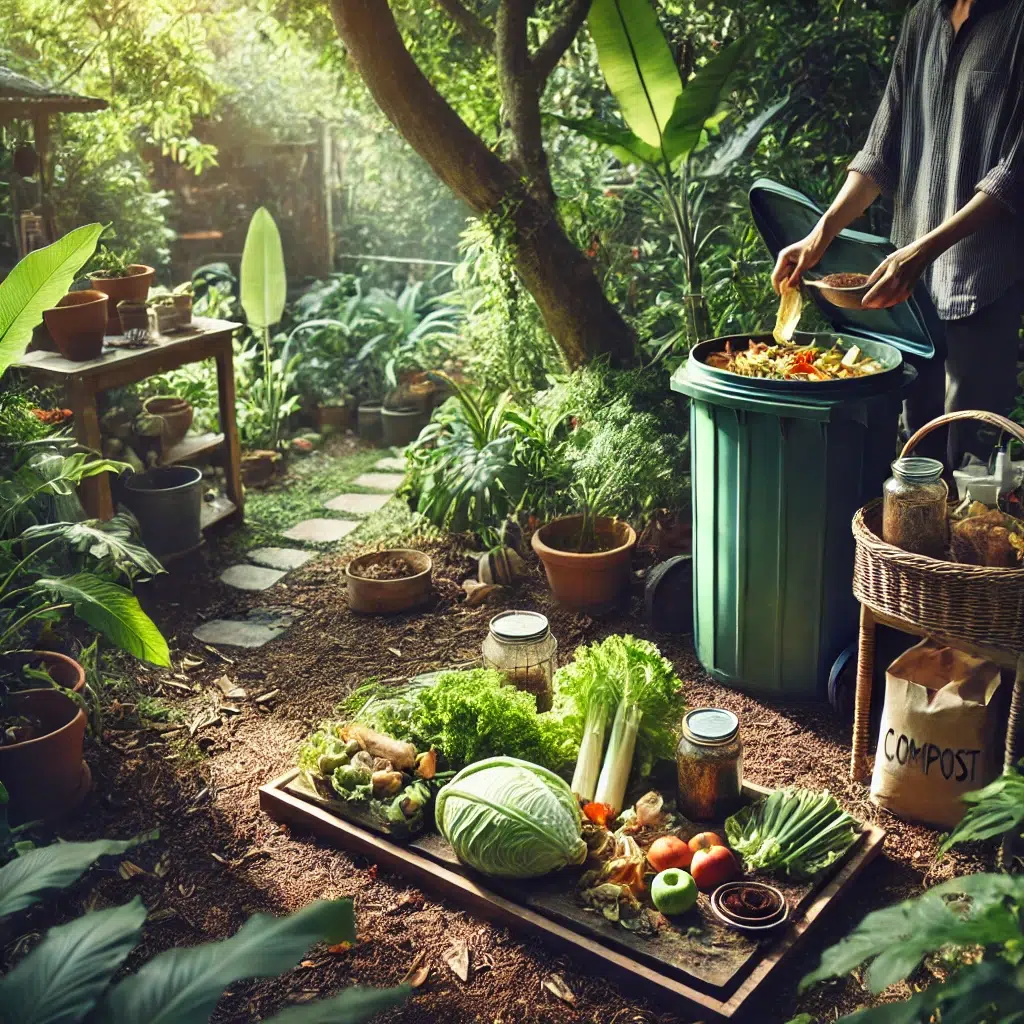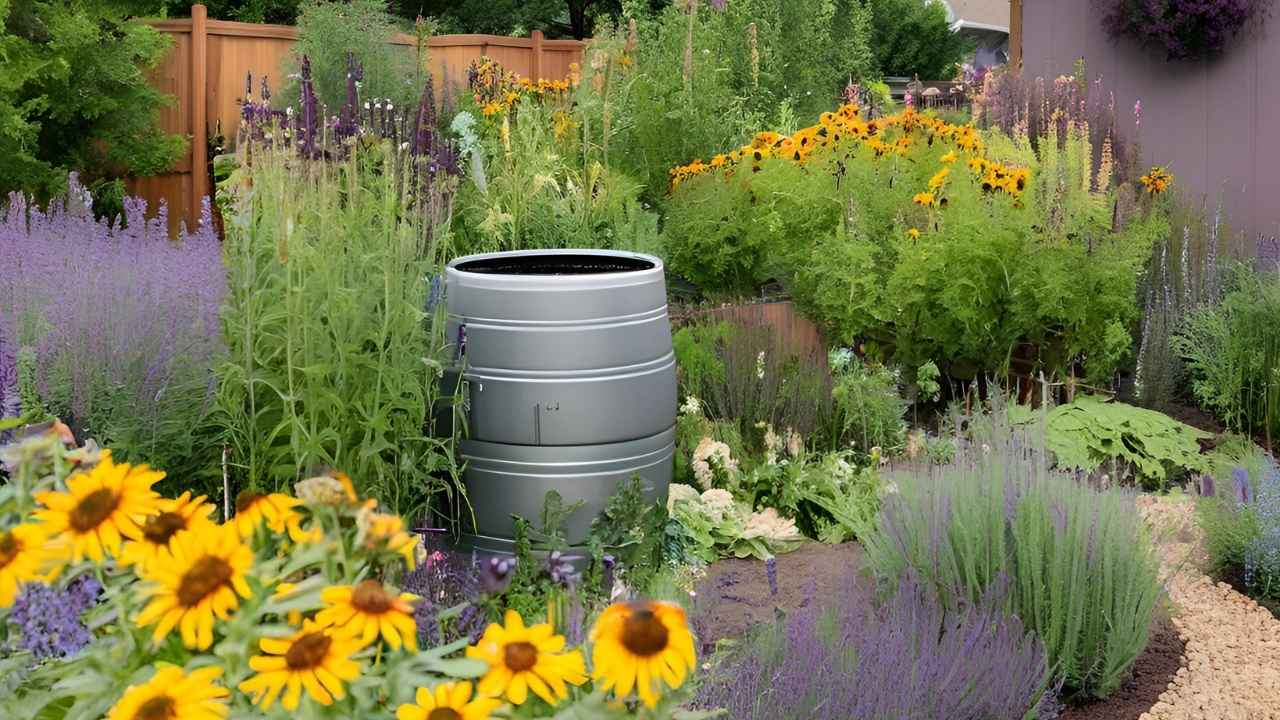Hello fellow gardeners!
If you want to start gardening or make your current garden more environmentally friendly, you’re in the right place. Gardening already provides a wonderful way to connect with nature, but adopting eco-friendly methods allows you to take it further by benefiting both your plants and the environment.
In this guide, I will walk you through simple steps that help you create a beautiful, sustainable, and eco-friendly garden. Let’s get started!
What is Eco-Friendly Gardening?
Eco-friendly gardening means working with nature instead of against it. You reduce waste, conserve resources, and encourage biodiversity. It minimizes the environmental impact while creating a thriving space for both plants and wildlife.
Whether you have a small balcony garden or a large backyard, using eco-friendly practices helps reduce your carbon footprint and contribute to a healthier ecosystem.
Why Eco-Friendly Gardening Matters
Eco-friendly gardening matters because it helps preserve the natural world. Traditional gardening often relies on heavy water use, chemical fertilizers, and pesticides, which harm the environment.
By making sustainable choices—such as composting, conserving water, and planting native species—you can:
- Reduce pollution by avoiding harmful chemicals.
- Conserve water with smarter irrigation techniques.
- Support wildlife by providing habitats for birds, bees, and other pollinators.
- Improve soil health naturally without depleting nutrients.
Steps to Begin Eco-Friendly Gardening
1. Choose Native Plants
You should choose native plants to support eco-friendly gardening. Native plants adapt to your local climate and soil, requiring less water, fertilizer, and maintenance. They also resist local pests and diseases, reducing the need for chemical interventions.
How to Find Native Plants:
- Ask for native plant recommendations at your local nursery.
- Research native plants that thrive in your region.
- Start with a few varieties and expand over time.
Tip: Native plants not only thrive with minimal intervention but also provide food and shelter for local wildlife.
2. Reduce Water Usage
Water conservation stands at the heart of eco-friendly gardening. You can save water by using techniques that minimize waste and ensure efficient water delivery.
Watering Tips:
- Install a rain barrel to collect rainwater for your plants.
- Use drip irrigation to deliver water directly to plant roots, reducing evaporation.
- Water your garden in the early morning or late evening to reduce water loss.
- Mulch your garden beds to retain soil moisture.
Real-World Example: Cities facing water shortages, like Cape Town, see more home gardeners installing rainwater harvesting systems to hydrate plants without overusing municipal water.
3. Compost for Healthy Soil
Composting recycles kitchen scraps and garden waste into nutrient-rich fertilizer. By composting, you can nourish your garden naturally instead of relying on chemical fertilizers, which harm the soil in the long run.
How to Start Composting:
- Set up a compost bin in a shaded area.
- Add a balanced mix of green (vegetable scraps, coffee grounds) and brown (dry leaves, paper) materials.
- Turn the compost occasionally to aerate it and speed up decomposition.
Tip: Composting reduces landfill waste and provides plants with all-natural nutrients.

4. Avoid Chemical Pesticides and Fertilizers
Chemical pesticides and fertilizers harm the environment and beneficial insects. Focus on using natural alternatives to promote a healthy, eco-friendly garden.
Natural Pest Control Methods:
- Attract beneficial insects, like ladybugs and bees, by planting flowers such as marigolds and lavender.
- Use companion planting to repel pests. For example, plant basil near tomatoes to ward off harmful insects.
- Build insect hotels or birdhouses to attract natural predators of garden pests.
Tip: Neem oil, garlic spray, and diatomaceous earth work as natural alternatives to chemical pesticides.
5. Plant for Pollinators
Pollinators like bees, butterflies, and hummingbirds play a critical role in maintaining healthy ecosystems. By creating a pollinator-friendly garden, you can help sustain these essential creatures while beautifying your space.
Pollinator-Friendly Plants:
- Lavender
- Coneflower
- Sunflower
- Bee balm
- Milkweed
Tip: Avoid using pesticides, which harm pollinators. Plant nectar-rich flowers in clusters to attract them.
6. Reduce, Reuse, and Recycle in the Garden
Eco-friendly gardening embraces the principles of reduce, reuse, and recycle. By rethinking how you use materials, you reduce waste and lower your environmental impact.
Eco-Friendly Ideas:
- Use recycled containers, such as old pots or repurposed items, for planting.
- Build raised beds from reclaimed wood or other sustainable materials.
- Recycle plastic plant containers or switch to biodegradable ones.
Real-World Example: Many urban gardeners use old pallets for vertical gardens, reducing the need for new materials and maximizing their space.
Future Trends in Eco-Friendly Gardening
Eco-friendly gardening continues to evolve, with new trends making it even more accessible and effective. Here are some trends worth watching:
1. Vertical Gardens and Green Walls
Vertical gardens offer a space-saving solution, especially in urban environments. They help improve air quality and reduce heat, all while looking great.
2. Smart Irrigation Systems
New technology allows you to save water with smart irrigation systems. These systems monitor soil moisture and adjust water usage based on real-time weather data, ensuring plants get only what they need.
3. Regenerative Gardening
Regenerative gardening focuses on improving soil health through practices like using cover crops and reducing tillage. These methods not only improve plant growth but also help sequester carbon and boost biodiversity.
4. Climate-Resilient Gardens
As climate change affects weather patterns, gardeners increasingly focus on planting drought-tolerant, heat-resistant, and resilient plants. This trend ensures that gardens can thrive even in extreme conditions.
Conclusion
Eco-friendly gardening creates a balanced, sustainable ecosystem in your garden. Whether you start by planting native species, composting, or reducing water waste, every small change makes a big difference for the environment.
You don’t have to make all these changes at once—start with one or two steps and build from there. Gardening becomes even more rewarding when you know you’re contributing to the health of the planet.
Happy eco-friendly gardening!
What eco-friendly gardening practices will you try? Let’s discuss in the comments!
